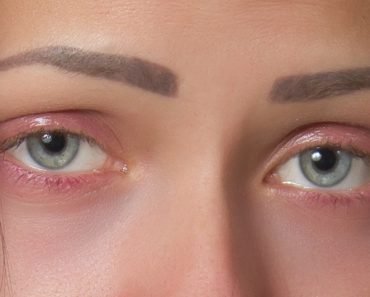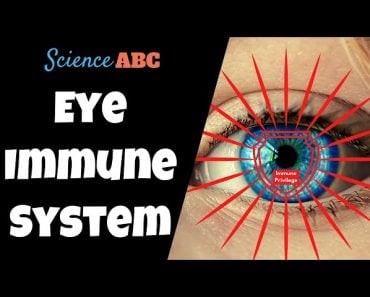Table of Contents (click to expand)
The muscles in our eyes are used to looking at things that are a certain distance away. When we cross our eyes, we are trying to focus on something that is much closer than what our muscles are used to, and this causes strain. Additionally, crossing our eyes is more tiring for our eye muscles than looking at things normally because both the directional and focus muscles are engaged.
Unless you’re something besides a mere mortal, there are limitations to your energy levels. When you run for too long, your muscles begin to get sore and you start to cramp up. When you stay up for days at a time, your brain stops functioning as clearly, and we you become more prone to accidents and mental mistakes. In that same vein, our eyes have limits, and can become sore, just like any other muscle in our body. Interestingly enough, there are certain eye positions that are more tiring than others.
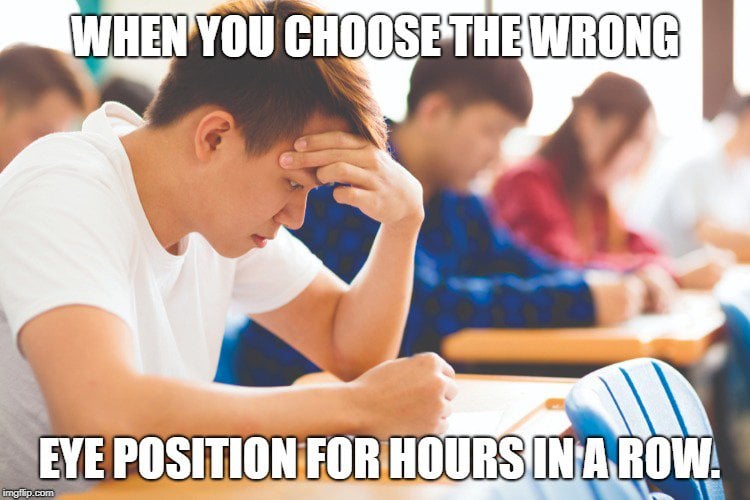
For example, when you curl up with a book and spend the afternoon devouring literature, your eyes may grow tired after a few hours, which may cause your eyes to close, sparking an unplanned nap. This use of your eyes is different than your normal vision as you walk through the world. However, there is an even more extreme use of your eyes—crossing them—which causes discomfort much more rapidly—often within a few seconds!
This leads many people to wonder whether crossing your eyes is inherently dangerous or—according to a popular superstition—may leave your eyes stuck in such a position!
Recommended Video for you:
The Science Of Crossed Eyes
When we use our eyes in the normal world, for example, as we walk down the street, our eyes will typically focus on the horizon—gazing towards infinity. Walking in a straight line down the street, not changing our gaze or focusing on anything in particular, is the most relaxed state for those muscles.
This requires relatively little effort from our eyes, or the muscles that help us see. In terms of muscles, there are six main muscles that control our vision, and these fall into two types—muscles for direction and muscles for focus. We are directly in control of the direction in which we look—left, right, up or down—but we are indirectly in control of our focus. When we want to look at something specific, say 10 meters away or 2 inches away, the muscles that control both the direction and focus of our lenses will be engaged. Basically, the directional muscles will turn the eyes inward to look at the nearby object, while the focus muscles will tighten the focus of the lenses so the object will be seen clearly.
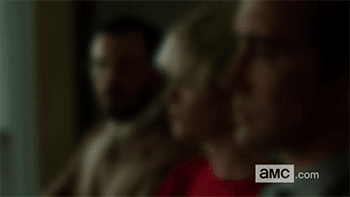
In order for these muscles to be engaged, just like any other muscle in the body, they require energy, and may grow tired over time. This is like the example from the introduction; when our eyes are locked on the pages of a book, which is very close to our face, our focus and directional muscles must both be engaged for an extended period of time. After an hour or two, it will be harder to focus, and we will feel like our eyes are “tired”.
Now, when we cross our eyes, we are essentially trying to focus on something that is 0 meters away, rather than .5 or 1 meter away. It is impossible for our lenses to focus on something 0 meters away, so as we try to focus on the tip of our nose, both our focal and directional muscles experience muscle strain. The same thing would happen if you tried to benchpress 350 pounds when your previous best was 320. You are asking your muscles to do something “impossible”—or at least very difficult—and the strain will be immediately apparent, and somewhat painful.

Also Read: Why Squinting Helps Us See Better?
Negative Effects Of Crossing Your Eyes
When you were growing up, your parents may have warned you—”Don’t cross your eyes or they’ll stay that way!” While this may have been enough to terrify you into not crossing your eyes asa child, some people still worry that it could happen to them. Fortunately, there have been no recorded cases of someone’s eyes becoming “stuck” in a crossed position.
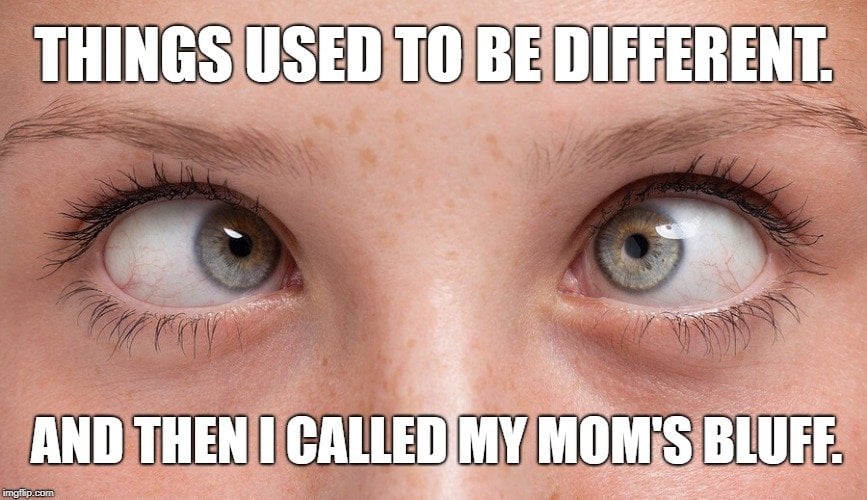
The pain that you feel when you try to cross your eyes for a long period of time, however, should be enough to dissuade you from this practice. You can experience the same thing by looking too far into your peripheral vision. You can always look to the left and right, and your eyes’ directional muscles should be able to control that quite normally. However, if you not only look far to the right, but also try to focus on something very close, you will experience the same discomfort and “pulling” sensation that comes when you cross your eyes.
Strabismus
The reason for this fear of accidentally crossing your eyes permanently, perhaps, is the existence of an actual condition in which one’s eyes do stay crossed, called strabismus. This can come in various forms, and is caused by poor eye muscle control. This condition usually arises before the age of three, and is characterized by an eye turning away from central focus, particularly when a person is tired or after they have used their eyes in a strenuous manner (i.e., reading a book). If this condition isn’t addressed through therapy, the wearing of glasses or a patch, it can lead to more permanent conditions, such as amblyopia, commonly known as a “lazy eye”. If you notice that your child does not always have centrally focused vision, it is important that you go to see an optometrist before the age of 4.
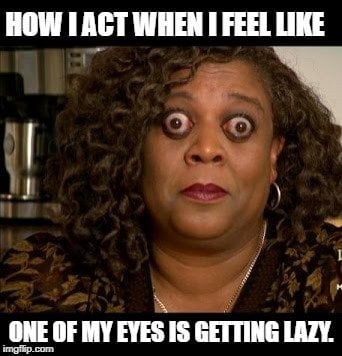
Also Read: If You Need Glasses, But Don’t Wear Them, Does Your Eyesight Get Worse?
A Final Word
We usually associate a painful experience with potential danger, but while crossing our eyes may be uncomfortable or even painful at times, there is no direct danger. Your eyes will eventually return to their neutral state, the muscles will relax and recover, and the discomfort will fade. The reason this hurts so much more than our regular vision is because we are stretching our focal and directional muscles beyond their normal capacity, resulting in muscle strain. Avoiding eye strain in its many forms (e.g., screen time, wearing incorrect prescriptions, etc.), including keeping your eyes uncrossed, should help you prevent eye fatigue and keep your brain and vision sharp!
References (click to expand)
- Eye Fatigue: Causes, Symptoms, and Treatment - WebMD. WebMD
- Strabismus (crossed eyes) - American Optometric Association. The American Optometric Association
- Hietanen, J., & Yrttimaa, K. (2005, January). Where a person with a squint is actually looking: Gaze-cued orienting in crossed eyes. Visual Cognition. Informa UK Limited.
- Campos, E. C. (2009, May 29). Update on strabismus and amblyopia. Acta Ophthalmologica Scandinavica. Wiley.
- (1988) How the Human Eye Focuses - jstor. JSTOR




